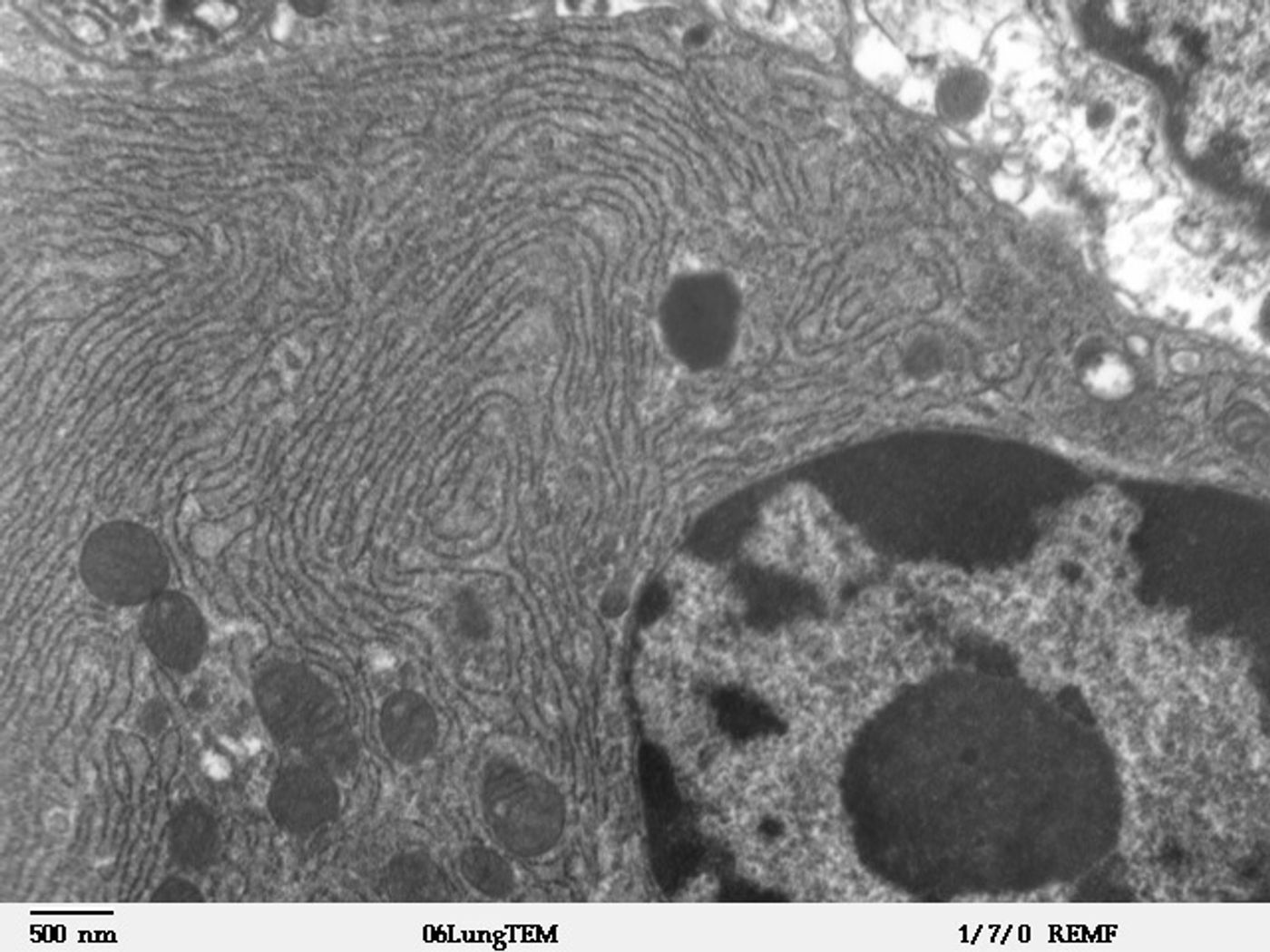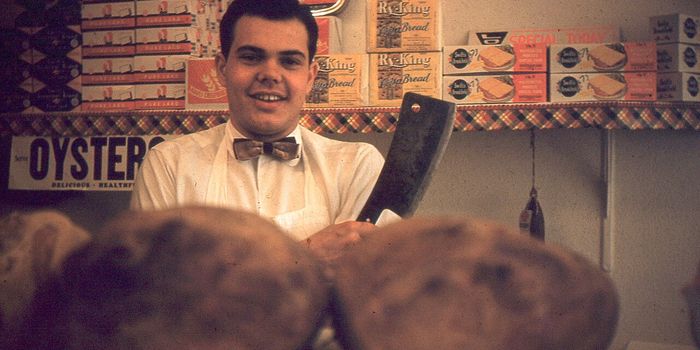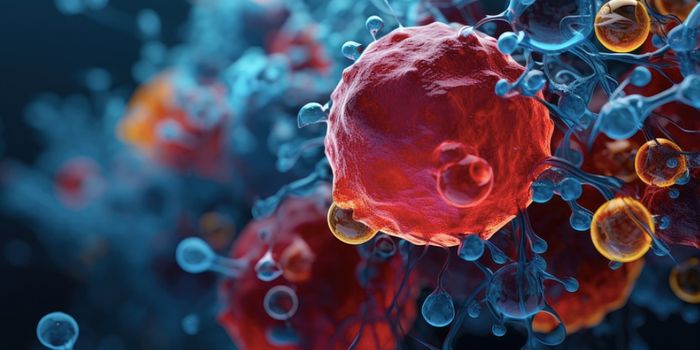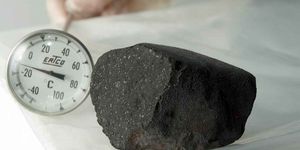It’s long been accepted that when proteins are made in the cell, a messenger RNA molecule made using DNA as a template sends instructions to the ribosome, a cellular organelle that acts as a protein factory. When the cellular machinery of the body is working normally, the newly created protein goes from a string of amino acids to a folded structure with a very specific conformation. If you need a refresher on this process, check out the video below.
When those processes are dysfunctional, diseases like cancer and neurodegenerative disorders can result. A thorough understanding of the mechanisms of protein translation could help researchers develop effective therapies and treatments for those diseases.
In the early 70s, scientists learned that there is a signal, was called the signal recognition particle (SRP), on the initial part of many proteins that causes the ribosome to move the newly made protein into an organelle in the cell called the endoplasmic reticulum. That finding was the basis for future research that led to the award of the 1999 Nobel Prize in Physiology or Medicine. It was thought that the SRP helps guide the protein to the ER, while also temporarily stopping the production of more proteins. Once the protein gets to the ER, the protein production begins again. However, new data has challenged those old paradigms.
"Our data supported the role for SRP, but our experiments did not support this model," explained Judith Frydman, a Professor of Biology and of Genetics at Stanford University.
"This is what is so cool about this study. We found that in fact SRP works through a very different and completely unexpected mechanism." Frydman and her team discovered that messenger RNA actually has a small piece of information the SRP recognizes prior to the start of protein production. Before the protein even emerges, the SRP hangs out where the protein exits the ribosome.
"It's almost prescient; it already knows before it comes and just steps right in," Frydman said. Additionally, the researchers found that the SRP actually doesn’t stop the production of proteins at all, contrary to previous belief. Their discoveries have important implications for disease research.
Frydman explained that many crucial processes are dependent on the reliable and proper movement of proteins. If a protein gets stuck in the cytoplasm where it should not be, it may build up and lead to unwanted consequences simply from the loss of the normal function of the protein, or from a new and unintended function because of the aggregation.
"Many proteins that are important pharmaceutically are made in large part by targeting them to this secretory pathway," Frydman said. "But they have also been designed relying on this classical model. Having a better understanding of this process could really enhance the process of designing new pharmaceuticals."
Sources:
Phys.org via
Stanford University,
Nature


















































